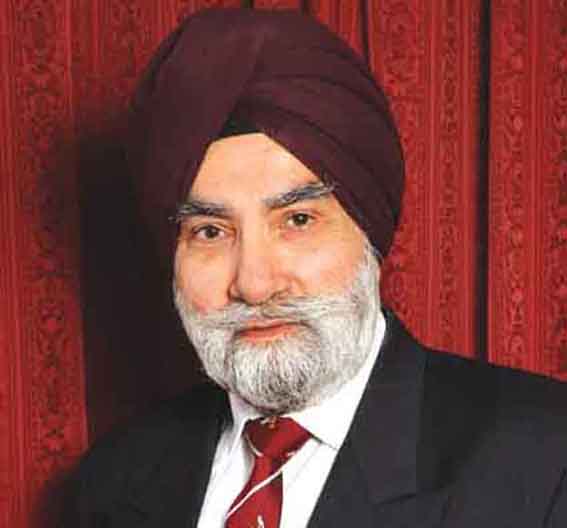There is No Historical Basis for Panjabi Nation As distinct from the Miri-Piri Sikh Nation

The expression, Jang Hind-Panjab is often quoted from the poetic work, Jang Singhan Te Angrezan, by Shah Mohammad. The Anglo-Sikh wars were between the Sikhs and the English. So, the Sikh nation (Khalsa Raj) held together diverse communities, albeit, treated them as equal citizens in an area called Panjab.
Recently, I was reminded of this issue by a well-researched article by Dr Hardev Singh Virk (see footnote for link) in which he traced back the language conflict in the greater Panjab along communal lines to the Hunter Report of 1862. At the time, the Panjabi population was: Muslims 56 % Hindus 37% and, the Sikh nation which had ruled the area called Panjab and beyond, only 6%.
On one occasion, Professor of history, Satbir Singh, asked first year students on their first day, if they could name some famous Panjabis before Guru Nanak. Two or three hands went up and the brightest student was able give less than five doubtful names. The Professor then asked for names of famous Panjabis after Guru Nanak and all the students raised their hands! One even started Sikh Ardaas with folded hands: Pritham Bhagauti simarke Guru Nanak Laeen dhiyai. Phir Agad Gur te Amardas&hellip.. up to Guru Gobind Singh! He was stopped but would have continued with names of Panj Piaray, Chaar Sahibzaade and, on to naming famous Sikh shaheeds, Sikh sardars and the builders of the Khalas Raj.
The point was amply made that the arrival of Guru Nanak and the birth of Miri-Piri Sikhi gave this area some sort of national cohesion between communities and self-pride under Khalsa Raj.
In antiquity, Panjab formed the frontier of empires, for example of Alexander, Maurya, Kushan Empire, Gupta Empire and continued to be settled by nomadic people including the Huna, Turks and the Mongols. About 1000 CE, came the Muslims including the Mughals and the Durranis. Finally, with Guru Nanak, Sikhi was born in Panjab as a peoples theo-political ideal.
At different times, the area north-west of Delhi has been called Paschmetu Des (West Country), Sapat Sindhu (seven rivers) and later, with the drying up of Saraswati River and the Indus River moving further north, it has been called, Panjab, the land of Five Rivers in Persian by the invaders. It is still the land of 6 rivers including Indus, but Panjab became popular and is easily pronounced. Today, the same large area has been divided into political states &ndash West Panjab in Pakistan and the others on the Indian side. Indian Panjab was in fact created as a Sikh state following Panjabi language state demand by the Sikhs and opposed by the Hindus when ten million Panjabi Hindus told a historic lie that their mother tongue was Hindi!
Ernest Renan, the French political philosopher, has given the definition of a nation: A nation is a living soul, a spiritual principle. Few principles constitute this soul: one is in the past, the other in present. One is the common possession of a rich heritage of memories, the other is the actual consent, the desire to live together, the will to preserve worthily and undivided inheritance.
That describes the Sikh nation, the Khalsa Panth. Yet, Panjabi and Panjabiat should be shared by otherwise diverse communities in this area.
( Dr H S Virk article link: A Conspiracy against Punjabi Language and its Gurmukhi Script due to Communal Divide in Colonial Punjab (asiasamachar.com) )
Gurmukh Singh OBE
Principal Civil Servant Retd.